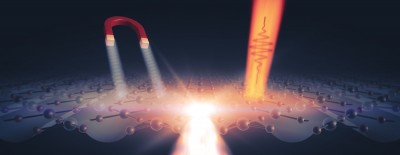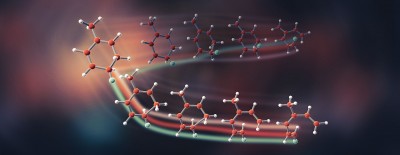Study raises new possibilities for triggering room-temperature superconductivity with light
SLAC National Accelerator LaboratoryHitting a cuprate material with laser light can produce a flash of superconductivity – the ability to carry electric current with no loss – and may offer a path toward room-temperature conductivity.



b.png&width=400&height=400)









